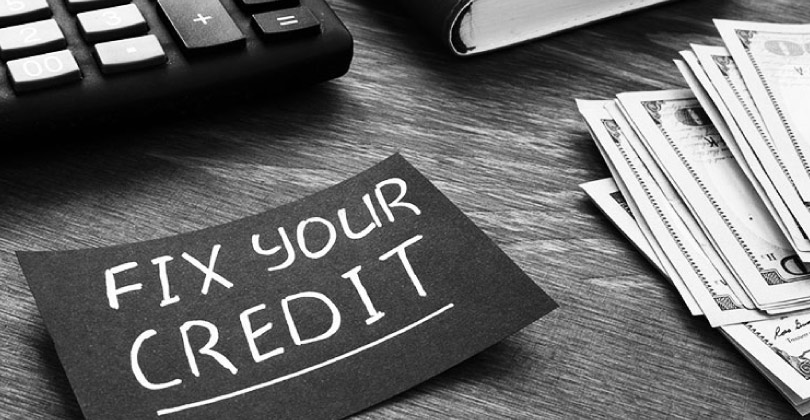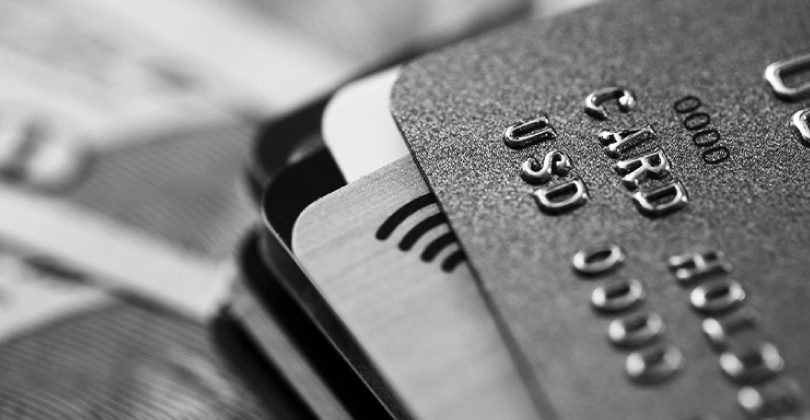How to Build Better Credit Habits and Improve Your Score
It’s a feeling many of us are far too familiar with: You need credit to pay for something, big or small, and you find you can’t get the terms you want, or even that you can’t get credit at all! Lenders use many criteria when determining whether or not to extend credit, but one of the most important is your credit score.
Credit scores are numbers created by three credit scoring agencies (Equifax, Experian and TransUnion) that provide a snapshot into your overall financial situation. If you aren’t happy with the terms you’re getting when you apply for credit, improving your credit score is one of the best things you can do to save money. Follow these five steps to form better credit habits and raise your score.
Examine Your Credit Reports
You can’t start fixing your credit score until you know what’s wrong. Order a copy of your credit report from the three major credit bureaus in order to review the factors that are hurting your score.
Take note of things like late payments and high levels of existing debt: These are the problems you’ll have to fix as you work to raise your score. While at it, be sure to hunt for errors in your report; although mistakes are rare, they do happen. If you see anything that’s not right, follow these steps to dispute incorrect information on your credit report.
Keep Track of Your Score
It’s typically easier to check your numerical credit score than it is to access your full credit reports for free — many banks and financial institutions offer some type of credit score monitoring service for their customers. While these programs may not provide as much detail as a complete credit report, you can get an idea of how your actions affect your score.
Keep in mind that each credit bureau’s score will vary slightly, so it’s still a good idea to check your full reports as often as possible.
Immediately Pay Bills
One thing that can ding your credit is missing or delaying bills — the later they are, the bigger an impact they have on your score. Get in the habit of paying bills at the same time every month and your credit score should start going up. You can also set up automatic bill payments so you’ll never risk sending a late payment again.
If you consistently have trouble finding the money you need to pay your regular obligations, it may help to put together a budget: When you see where all your money is going, you should be able to cut back on nonessential spending and save your cash for bills and other essentials.
Pay Down Your Credit Balances
A large portion of your credit score depends on how much revolving debt you carry compared to your total credit limit, your credit utilization ratio. In general, you should aim to keep your credit utilization ratio at 30 percent or less. Carrying a credit balance of more than 30 percent of your total credit limit may start to damage your score.
Consolidate Debt
Having too much debt can hurt your score, but paying it back can be an overwhelming, stressful process. One thing you can do is get a loan or credit card intended for debt consolidation. These usually have reasonable introductory rates, letting you pay off higher-interest debts and making it easier to pay down the debt that remains.
Give It Time
If you aren’t happy with your credit score, the biggest changes you’ll need to make will probably take a little time. In particular, negative marks like defaults and bankruptcies remain on your credit report for six years before they are deleted. Unfortunately, if your score is low because of major issues like those, you won’t be able to get a high score overnight. Still, if you follow the guidelines above, you should see your score go up over time.




